Young Children Thrive with Movement and Play
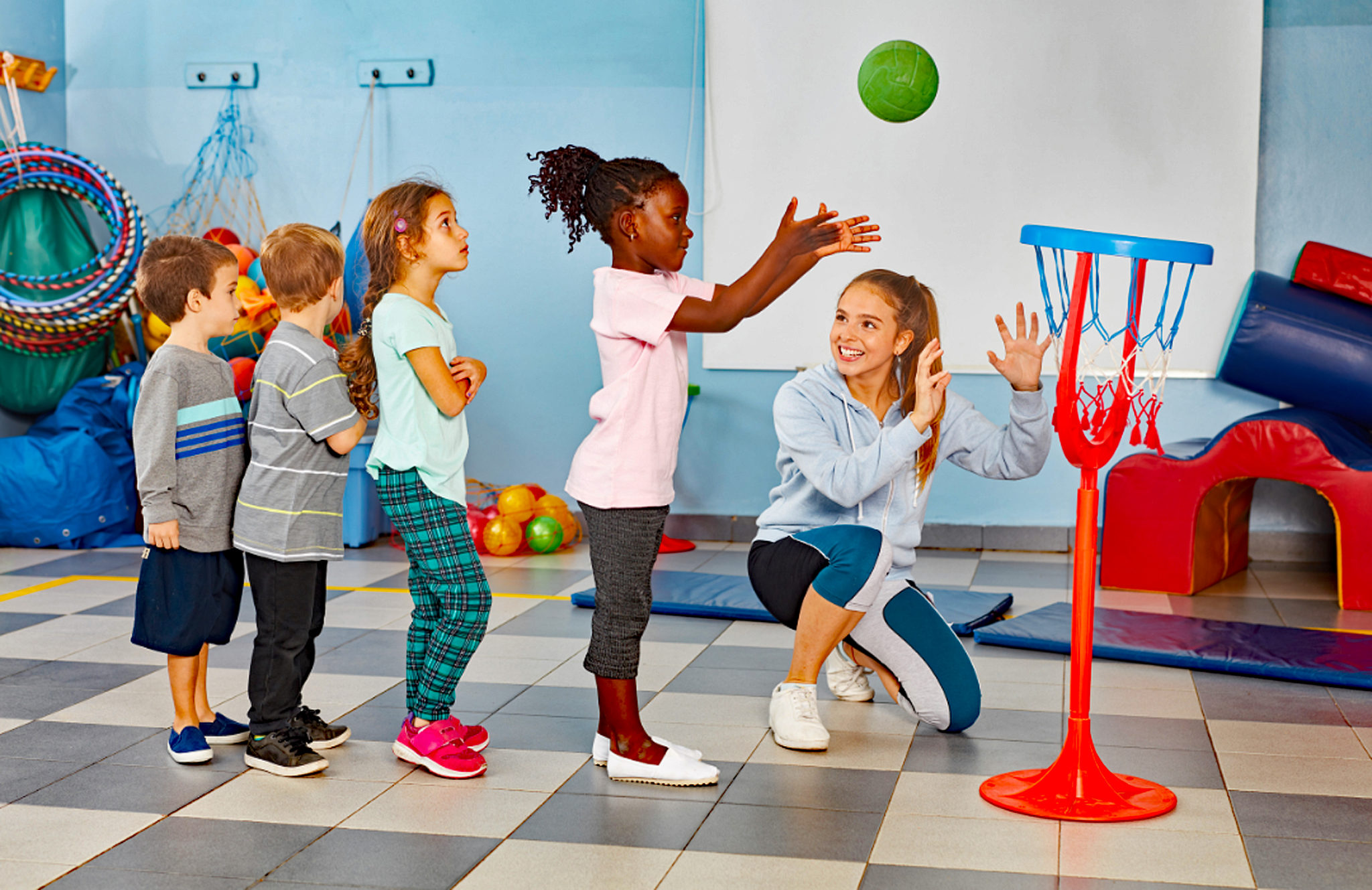
From Kids’ First Years
Alexandria, VA – At the start of a new year, many adults resolve to be more physically active for a healthy lifestyle. Did you know that young children also can benefit tremendously from movement and play? Families can improve their child’s school readiness by providing opportunities for their little ones to play and interact with others.
“Activity and movement help to form connections between neurons in the developing brain of a young child,” said Ruth Conner, Early Childhood Instructional Specialist for Alexandria City Public Schools, a partner organization with Kids’ First Years. “When you attach language to the action or interaction, it increases the capacity for learning and making strong connections.”
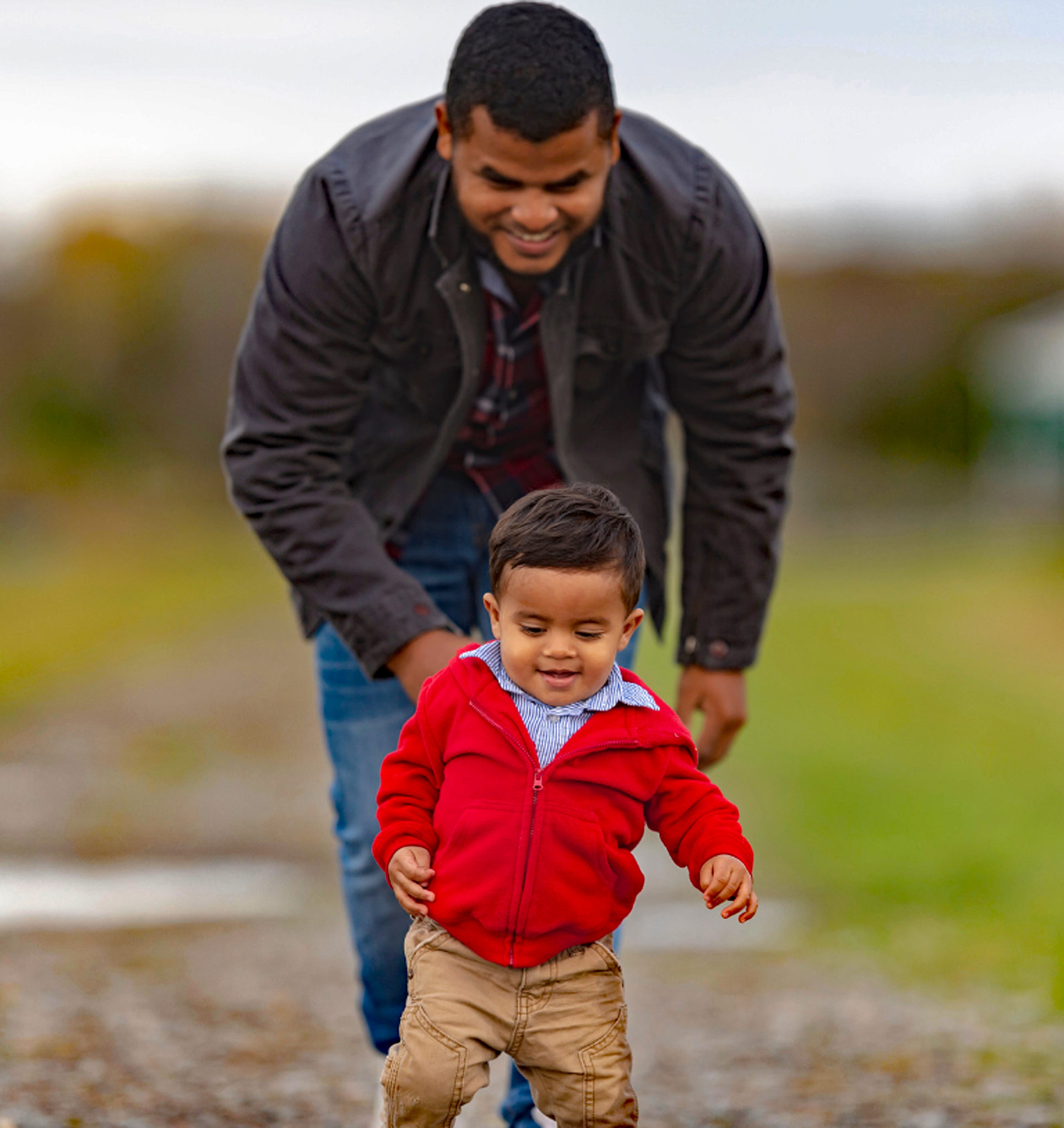
Movement and play support the growth of physical skills and sharpen hand-eye coordination, memory, and attentiveness. Incorporating the senses whenever possible helps with cognitive development. Additional benefits include boosting self-esteem and confidence as well as lowering anxiety.
“Quality interactions with parents, siblings, grandparents, and caregivers teach important social skills such as sharing and taking turns,” added Conner. “Even simple, fun things like dancing together and singing together help children learn about rhythm and patterns, which are important skills to support literacy and math development.”
Best of all, playing with young children can easily be done at home or outside – no financial obligation is required.
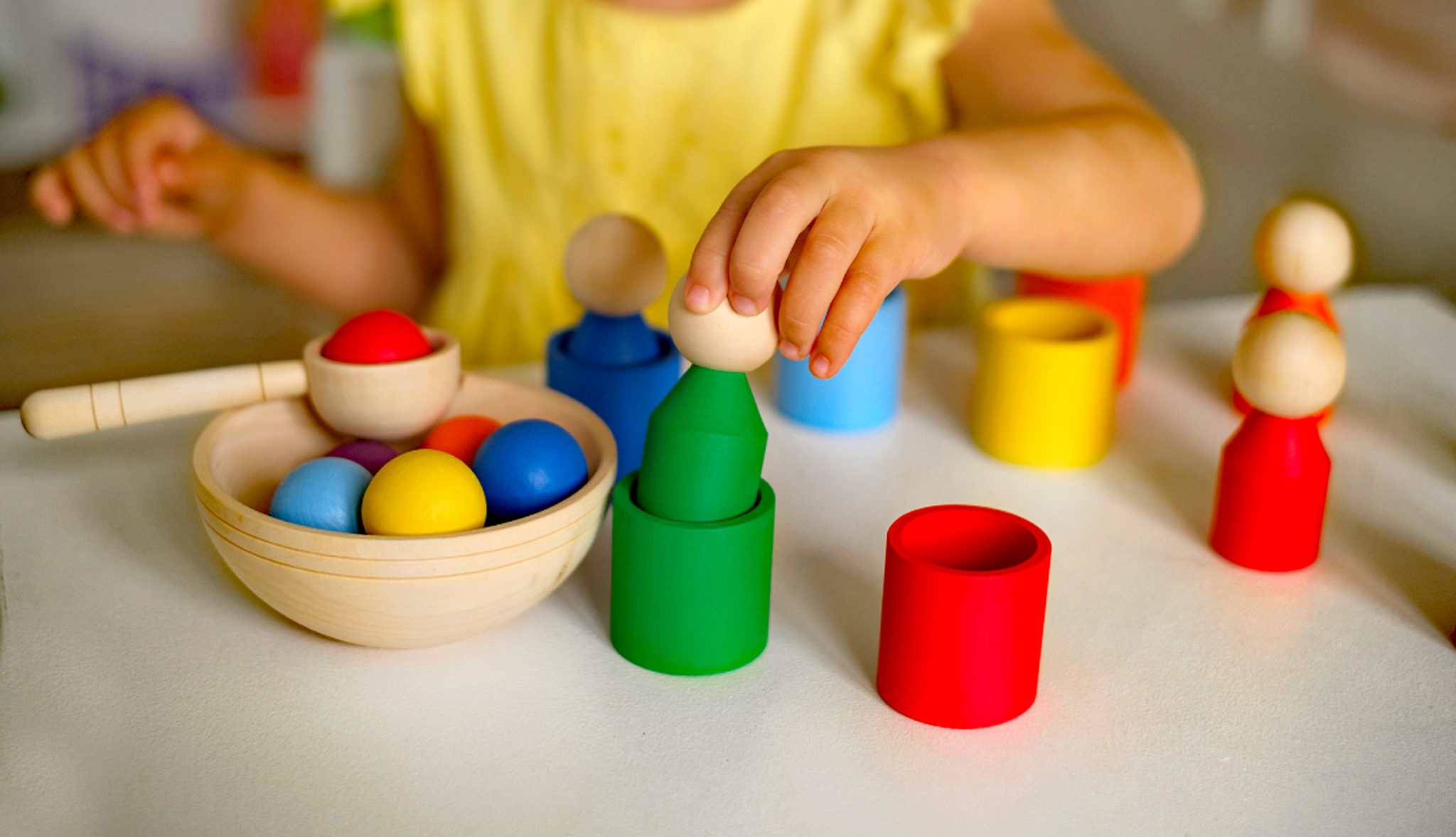
For more information about early childhood programs at ACPS, visit www.acps.k12.va.us/academics/early-childhood-pre-k.
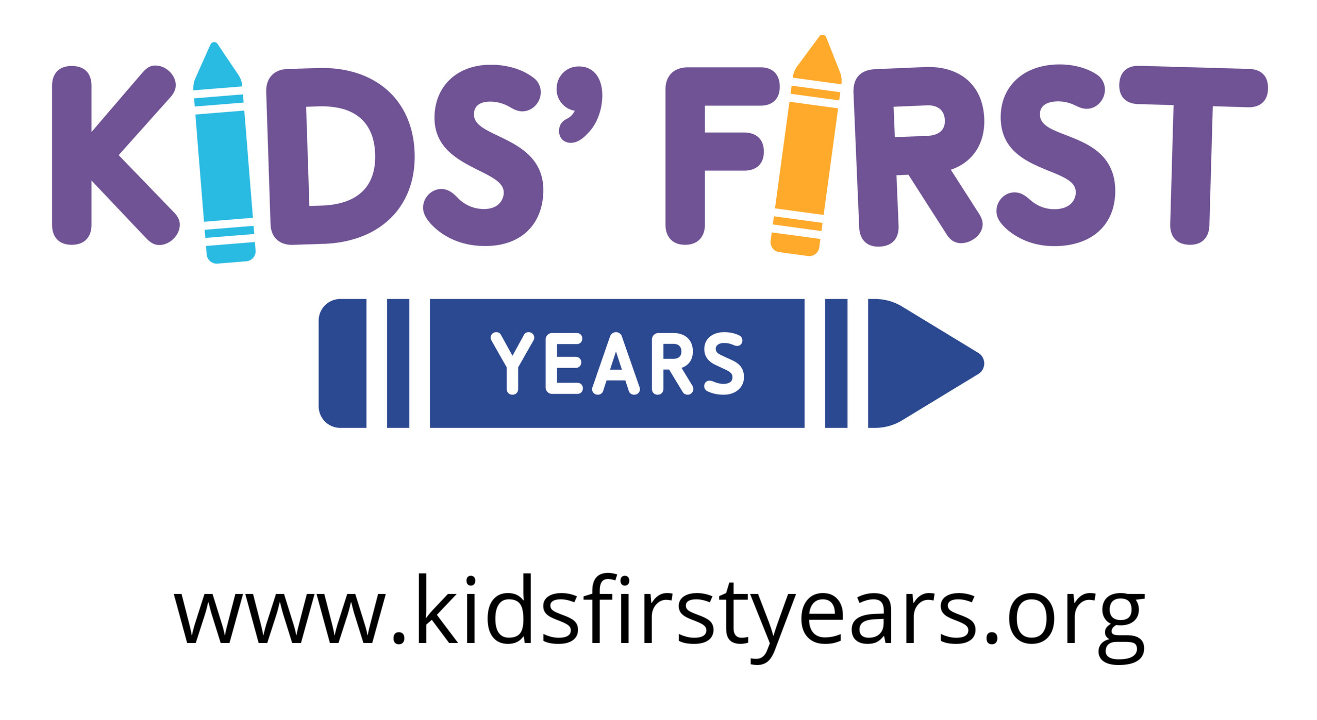
Play Time is Fun Time with The Basics
Below are some examples of easy-to-do activities that align with The Basics principle of Explore Through Movement and Play:
· Play a game that builds memory. Put three objects in front of your child. Talk about each one. Then, have the child turn around or close their eyes. Remove one of the objects. When the child looks, ask which object is missing. Give hints if needed but let the child think about it. Praise the child when the correct answer is given.
· Help your child explore the cycles and patterns of nature. Go outside and look at the evening sky and the moon. Talk about the colors of the sky and the varying shapes of the moon. If your child likes to draw, encourage them to make pictures of things you notice together.
· Invite your child to move like different animals: Hop like a frog or bunny, flap like a bird, or slither like a snake. Have fun selecting the animals to imitate.
· Show your child how to toss an object into an empty container or basket. It can be a toy basketball, a rolled-up pair of socks, or a crumpled paper ball. Move the container closer or farther away and show your child how that changes the trajectory of the toss.
· Make a Mystery Bag. Place everyday objects like keys, combs, or socks in the bag. Let your child feel the objects without looking at them, and try to guess what is in the bag. Ask questions like “What does it feel like? What does it sound like?” to stimulate thinking. Give hints if needed.

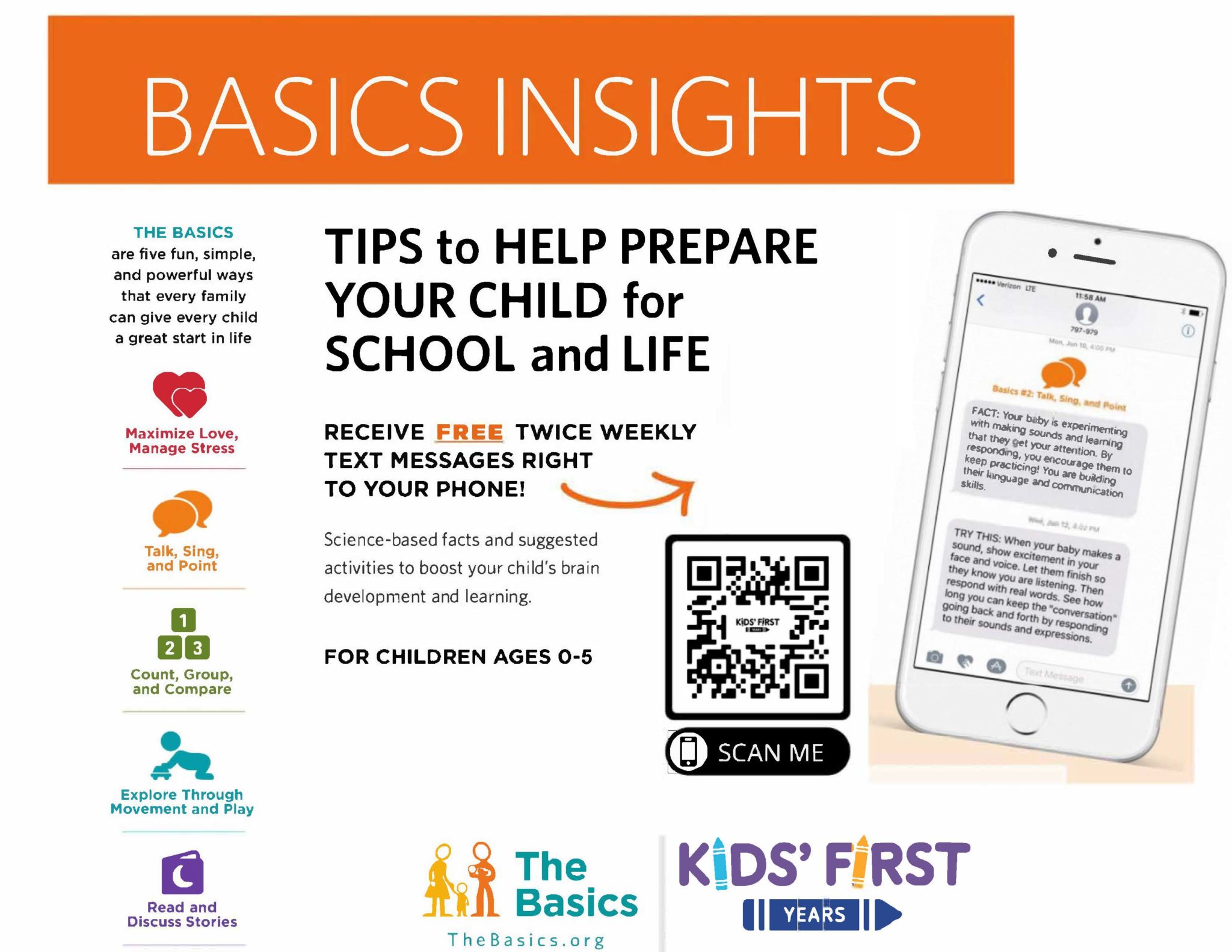
NOTE: Families and caregivers can sign up for a free text-messaging program that sends two science-based messages each week with a fact and an activity tied to one of the five principles of The Basics, including Explore Through Movement and Play. Learn more at kidsfirstyears.org/basics.
ICYMI: Alexandria Students Send Special Phone Cases to Soldiers in Afghanistan




